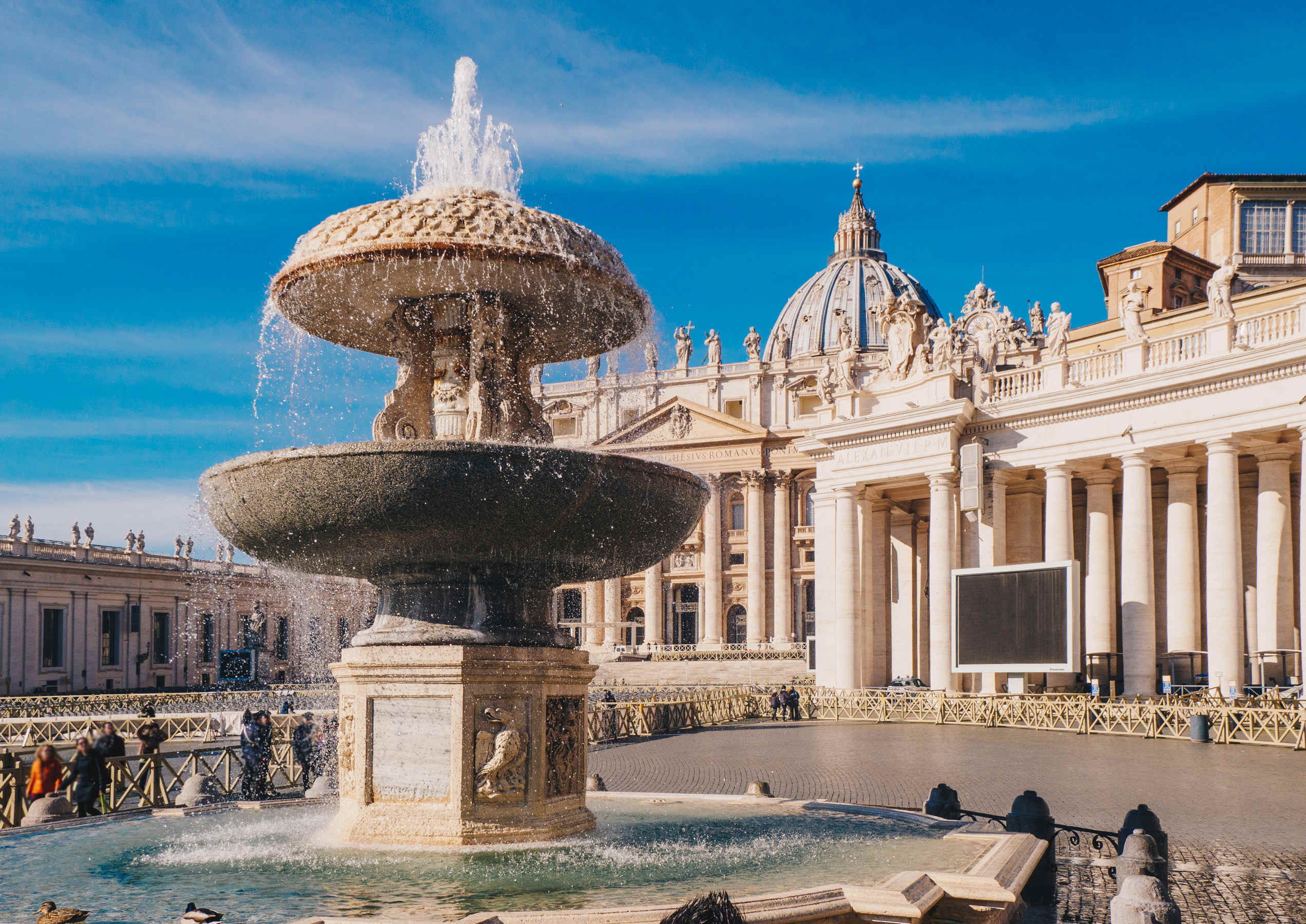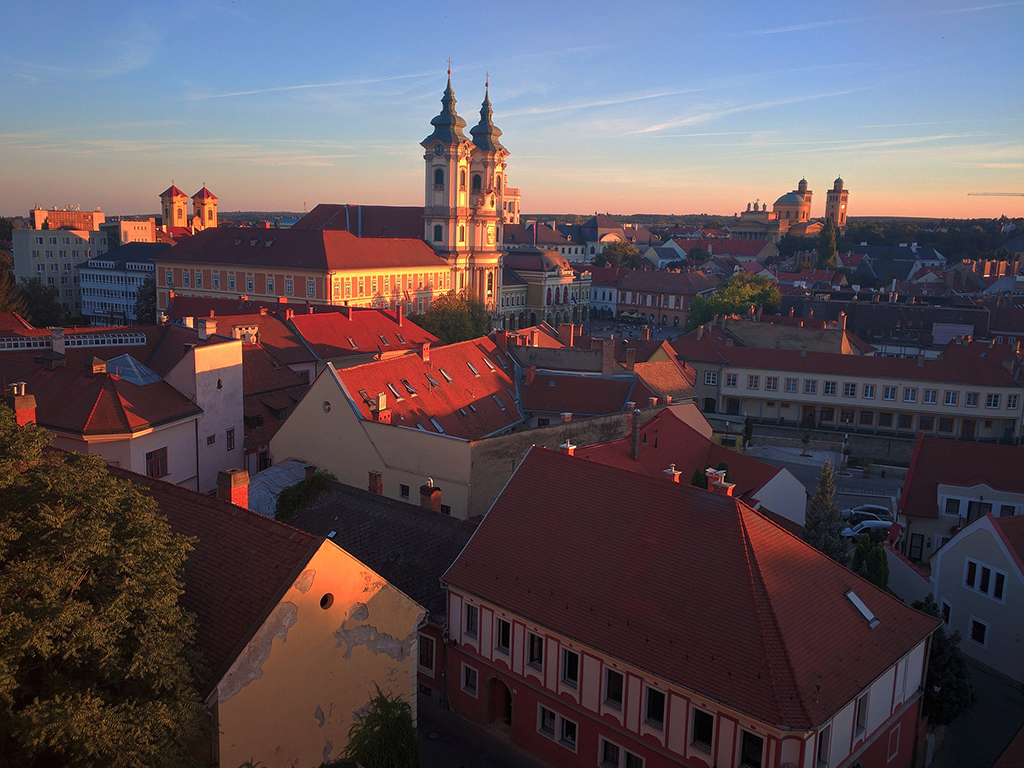From Märzen to Hofbräu: Your Guide to Oktoberfest Beers

An Oktoberfest beer from the Hacker-Pschorr brewery
Oktoberfest, the world’s largest beer festival, is synonymous with one thing above all else: beer. But not just any beer—Oktoberfest beers are a special category brewed with tradition, precision, and centuries of Bavarian craftsmanship. This guide will take you through the essentials of Oktoberfest beers, from their history to the different types and how to enjoy them.
The Origins of Oktoberfest Beers
Oktoberfest beers have their roots in the Märzen style, a type of lager that originated in Bavaria. Traditionally brewed in March ("März" in German), Märzen beers were stored in cool cellars to be enjoyed throughout the summer. By the time Oktoberfest arrived in late September, the last of the Märzen beers were served, creating the strong association between this style of beer and the festival.

What Makes a Beer an Oktoberfest Beer?
To be officially recognized as an Oktoberfest beer, it must meet specific criteria:
- Brewed in Munich: Only beers brewed within Munich’s city limits by one of the six major breweries can be called Oktoberfest beers.
- Reinheitsgebot Compliance: These beers must adhere to the Reinheitsgebot, the German Beer Purity Law of 1516, which mandates that only water, barley, and hops be used in brewing.
- ABV Range: Oktoberfest beers typically have an alcohol by volume (ABV) of 5.8% to 6.3%, slightly stronger than most lagers.
The Six Munich Breweries
There are six breweries that produce the official Oktoberfest beers:
- Augustiner Bräu: The oldest brewery in Munich, dating back to 1328. Known for its mild, smooth flavor with a slightly sweet aftertaste.
- Paulaner: Famous for its rich, malty flavor and a golden amber hue.
- Spaten: Offers a more robust, toasted malt profile with a balanced bitterness.
- Hacker-Pschorr: A favorite for its deep golden color and slightly fruity, malty taste.
- Löwenbräu: Recognized for its pale color and full-bodied, malty character.
- Hofbräu: Perhaps the most internationally known, offering a crisp, clean taste with a balanced malt profile.

Flavor Profile of Oktoberfest Beers
Oktoberfest beers are generally characterized by a few key flavor notes:
- Malt-forward: These beers are rich in malt, which gives them a bread-like, sometimes slightly sweet flavor.
- Subtle Hop Bitterness: Hops are present, but they play a supporting role, offering just enough bitterness to balance the malt.
- Clean Finish: A hallmark of the lager style, Oktoberfest beers have a clean, crisp finish, making them highly drinkable.
- Amber to Deep Gold Color: The color can range from a light amber to a deep gold, reflecting the malt content.

How to Enjoy Oktoberfest Beers
- Glassware: The traditional glass for Oktoberfest beer is the Maßkrug, a 1-liter glass stein. The thick glass keeps the beer cold and allows for a satisfying clink during toasts.
- Temperature: Oktoberfest beers are best enjoyed at a slightly cooler temperature than room temperature, around 45-50°F (7-10°C). This allows the full range of flavors to emerge.
- Pairing with Food: These beers are perfect with hearty Bavarian cuisine. Pair them with pretzels, Weisswurst, sauerkraut, and roasted meats like Schweinshaxe (pork knuckle). The maltiness of the beer complements the rich, savory flavors of the food.

Oktoberfest Beer Beyond Munich
While the official Oktoberfest beers can only be brewed in Munich, the popularity of the style has inspired breweries worldwide to produce their own versions. When shopping for Oktoberfest beers outside of Germany, look for those labeled as Märzen or Festbier. These are often brewed in the same traditional style, offering a taste of Oktoberfest wherever you are.
The Experience of Drinking Oktoberfest Beer
Drinking an Oktoberfest beer is about more than just enjoying a beverage—it’s about connecting with centuries of brewing tradition. When you raise a Maßkrug, you’re participating in a ritual that celebrates craftsmanship, community, and culture. Whether you’re at the festival in Munich or enjoying a Märzen at home, take a moment to appreciate the history and dedication that goes into every sip.
Traveling to Munich soon? You can get a taste of Munich's Oktoberfest culture with our Beer Culture and Biergartens Audio Guide, or dive into the city's culinary scene with our Munich Food Tour.
Even More from Context
We're Context Travel 👋 a tour operator since 2003 and certified Bcorp. We provide authentic and unscripted private walking tours and audio guides with local experts in 60+ cities worldwide.
Search by CityKeep Exploring









